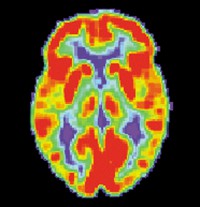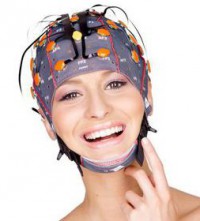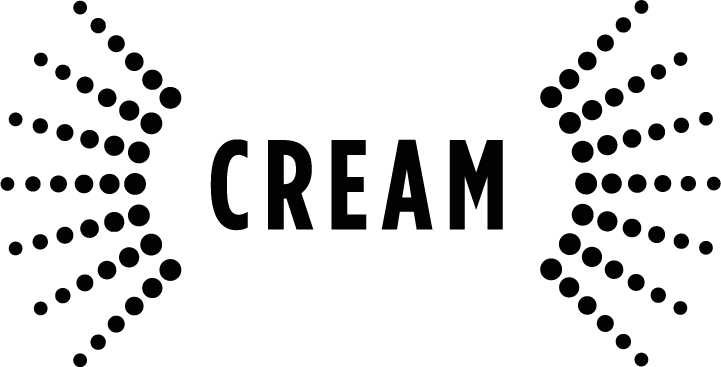1. Multi-disciplinary approach to creativity analysis and enhancement
Stimulation of creativity needs solid foundations in several fields:
- Cognitive science, to provide reliable, standardised measurements of creativity, substituting a set of multiple cognitive measurements to less flexible personality tests, which, as an example, can hardly detect any improvement obtained from stimulation.
- Neuroscience, to verify the existence of neural correlates at the basis of creative cognition and to reveal its spatiotemporal neuronal dynamics including identification of its neuronal and somatic precursor, eventually opening up radical interventional opportunities for facilitation/inhibition of creativity by modulating these precursors.
- ICT Technology, to apply advanced signal processing techniques for monitoring the creative cognitive state in real-time and to utilize brain stimulation instrumentation for establishing a causal link between brain and body states with creative cognition. Instrumentation will be designed to be easy to set-up on a large number of subjects and non-invasive, in order to allow the largest degree of freedom in the tests to be administered.
2. Non-invasive functional brain imaging of creative processes
 Neuroimaging instrumentation is one of the foundations on which to build the project success.
Neuroimaging instrumentation is one of the foundations on which to build the project success.
We will thus perform a functional MRI study to assess the spatial distribution of neural activity during creative tasks. The functional Magnetic Resonance Imaging (fMRI) results will serve as a basis for the experiments on the novel instrumentation that will be developed within this project. This instrumentation will allow for minimally-invasive functional brain imaging specifically designed to improve the understanding of the neurological basis underlying creative processes. A fully functional prototype will be built, with the aim of improving the quality of neuroimaging techniques such asElectro EncephaloGraph (EEG) source localization by fusing data coming from Electrical Impedance Tomography (EIT). Specific algorithms will be developed to this purpose and implemented on High-Performance-Computing (HPC) platforms based on CPU/GPU heterogeneous systems in order to provide real-time computation and visualization of the data. Algorithms will be designed to be able to handle information derived from multi-trial data which will be collected in the scope of the project. The choice of imaging techniques and the availability of low-cost HPC platforms will allow providing a cost- effective prototype which, with respect to instrumentation such as fMRI, should be able to only minimally affect the test performance.
3. Brain-Machine Interfaces for stimulation of creativity
 We will explore the possibility to stimulate the creative behaviour both through neurofeedback techniques andelectrical stimulation.
We will explore the possibility to stimulate the creative behaviour both through neurofeedback techniques andelectrical stimulation.
The fully functional prototype will integrate visual/auditory feedback to the subject, who will be trained to alter its brain state to those that have been associated to higher creative conditions. Additionally, it will be able to provide electrical stimuli, with the objective of increasing the cortical excitability of regions associated with creative thinking. The approach will explore the concept of providing real-time feedback based on the functional state of the brain (e.g. the activation maps of relevant regions of the brain). The requirement of real-time feedback introduces very tight constraints on the performance of the computing side of the system, requiring the adoption of HPC technology based on emerging hybrid platforms exploiting CPUs and GPUs for maximum performance.
4. Cognitive approach to creativity
Since creativity is a complex behaviour, the neuroscientific investigation needs a multi-measure approach, detecting this behaviour by a set of reliable standardized cognitive measures.
This project will measure creative thinking using existing measurements already proposed in the literature and will extend them by developing a novel battery of tests that comprises both convergent and divergent cognitive tasks. We will explore the creative performance in the artistic and in the scientific context, in order to establish a correspondence between creative achievement and performance in the standardized multi-measure environment.
5. Fusion of neuroscience and cognition for creativity stimulation
We plan to merge the multi-measure cognitive approach to the analysis of the neural correlates at the basis of creative performance.
The cognitive approach will serve as foundation to provide a reliable methodology to measure the creative performance during the detection of the neuroanatomical correlates associated with the creative behavior and evaluate the outcome of the new non-invasive brain stimulation procedures targeting an enhancement of creativity training outcomes.
6. Domain specific creativity measurement and enhancement
The development of a reliable psychometrical approach to the study of neuronal correlates of creativity could allow exploring whether creativity has both domain-specific and domain-general aspects.
Exploring the neural correlates at the basis of the execution of cognitive tasks of different nature (verbal, numerical, and spatial) is the first way we intend to study this question. Moreover, we aim to include in our study participants of scientific and artistic knowledge contexts, with particular emphasis on creativity as required by the advertising industry. Measuring the neural substrates of creativity in individuals of different domains could shed light into the specific creative brain mechanisms underpinning the creative performance in different domains.
Finally, the brain mapping of creativity in different domains will allow developing specific electrical stimuli, with the objective of increasing the excitability of regions associated with creative thinking in specific domains. The emphasis on advertising industry is justified since highly creative, high performance advertisement will have 6 – 8 times the business result of an average idea. Yet the media cost of communicating both can be identical. So finding an effective way, as a result of this research proposal, to enhance the creativity of communication professionals within the media industry is akin to giving them a bigger creative brain.










